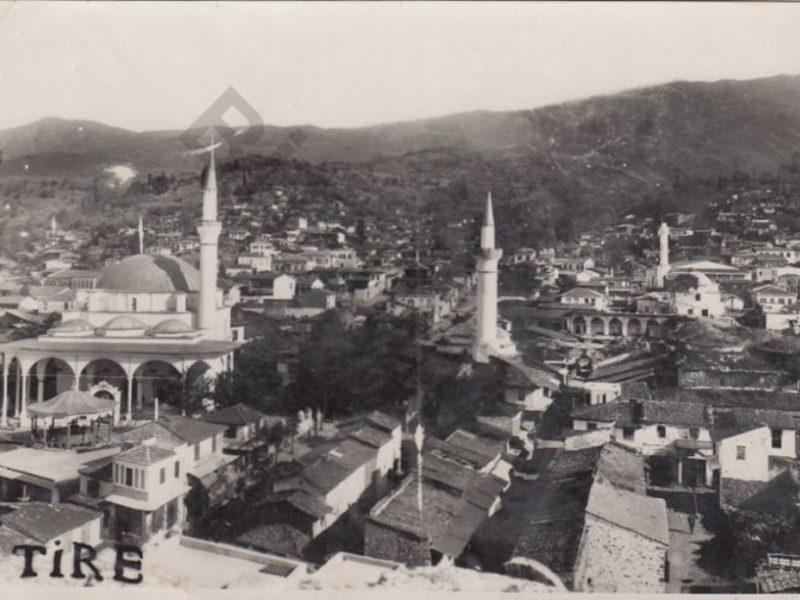“Winged birds, geese, cranes,
Flocks of long-necked swans
Roam in herds
On the Asian meadows,
On both sides of Kaystros…”
The train departing from İzmir towards Tire winds its way through the Asian meadows mentioned in Homer’s verse above. Beyond the crescent-and-star symbol stuck on the window, cloud-topped mountains accompany the view of the plain that juts inland like a gulf into Anatolia. It is these lands that were first called Asia, through Homer’s poetry. This is the backyard of Ephesus, today known as the Küçük Menderes (Little Meander) Plain.
As humans expanded their ties with their surroundings and explored the misty geographies of the world map, they first gifted the name Asia to what is now Anatolia, and later to the world’s largest continent.
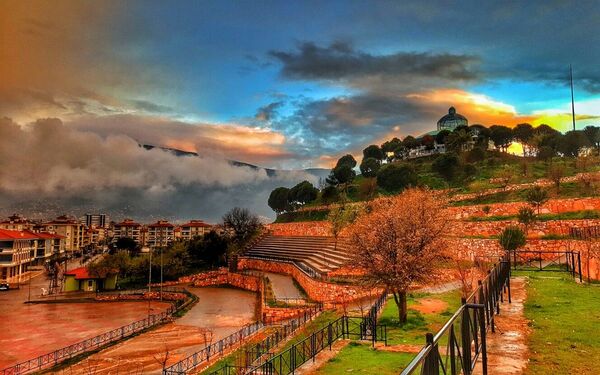
Strabon refers to these Asian meadows as a garden surrounding the sacred lands of Artemis. This plain, after all, surrounds the Temple of Artemis in Ephesus, which was considered sacred in mythical times. Like Anatolia’s Artemis, this region is fertile and fruitful, and throughout history has been one of the most densely inhabited areas. Cities were founded in the plain and on the slopes of its encircling majestic mountains, becoming centers of trade.
One such center was Tire, the largest city of the plain for centuries; referred to as the “Magnificent City” (Şehri Muazzam) by the famous Ottoman traveler Evliya Çelebi.
Tire was not only a major commercial hub during the Byzantine and Ottoman periods but also held significant religious and political importance. During the Byzantine era, it was one of the primary bishoprics in Anatolia. In the time of Iconoclasm, Iconoclasts in and around the city, forbidden to worship by the state, continued their practices in caves around Tire. For this reason, the Byzantine historian Pachymeres called Tire “the City of Monks.”
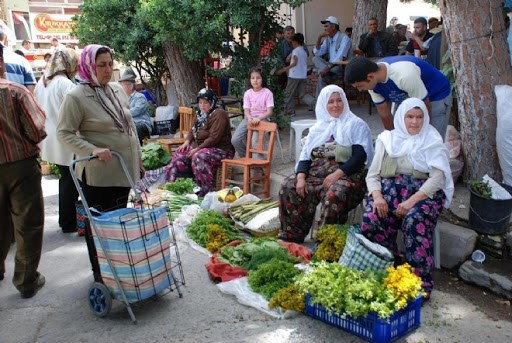
Yet Tire truly came into its own when Turkish tribes settled in the area. It became the capital of the Aydinids (Aydınoğulları), and in that era, transformed into a key trading city in Western Anatolia.
During the Middle Ages and the Ottoman period, Tire stood as one of the prominent settlements of Anatolia in terms of population, commerce, urban development, and religion. Naturally, this prosperity brought with it a cosmopolitan spirit, evolving the city into a vibrant and diverse cultural mosaic. Synagogues, churches, and mosques all found a place in Tire, as in many Anatolian cities.
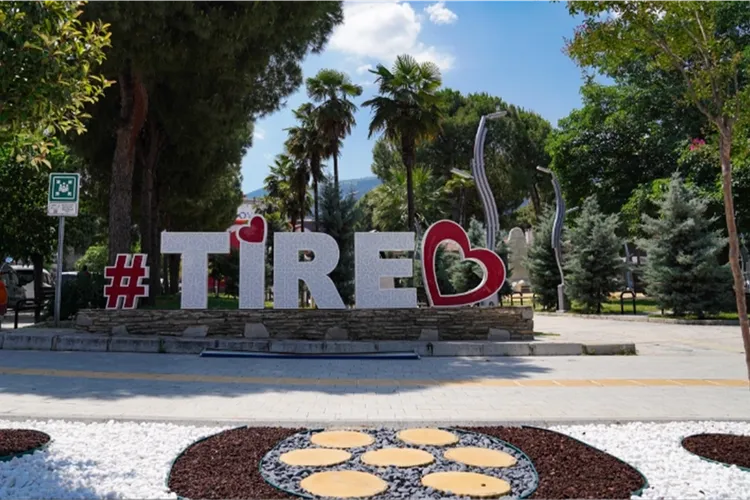
To take in the view of the city stretching along the mountain slope, one climbs the hills by walking through winding, narrow streets and rests at a spot where the last houses meet the mountain’s greenery; gazing at the vast “green sea.” With almost every street having its own mosque, minarets are a defining part of the city’s skyline even today. This sight might remind you of Bursa, nestled by the side of Mount Uludağ. And indeed, Evliya Çelebi noted this similarity centuries ago:
“Like the city of Bursa from east to west, it is a bustling city built at the foot of Chestnut Mountain.”
Tea Time in a Byzantine Memory
While strolling through Tire’s streets, take a seat on a stool beneath a tree near a small teahouse. Right across from the bedesten (covered market), amid old buildings and mosques, pause for tea. As you sip amid the rich historical atmosphere that reveals the city’s Ottoman heritage, it’s easy to imagine that this very area -around the bedesten- was once the market district during the Byzantine era.
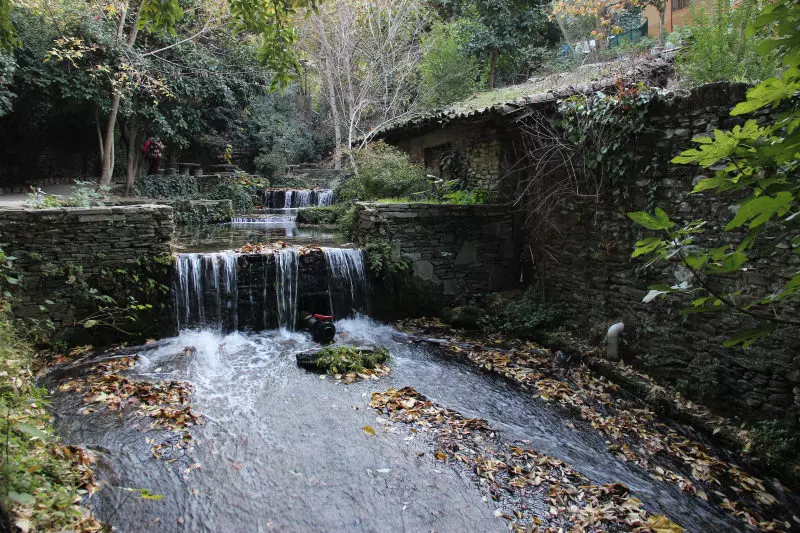
The traveler Ibn Battuta, originally from Tangier, also passed through Tire. He described it as a city full of vineyards, gardens, and water. Despite the passing centuries, this fertile plain that once fed the sacred lands of Artemis has retained its productivity, like the Anatolian goddess herself.
So fertile, in fact, that according to Evliya Çelebi, during a famine in Egypt, grain was sent from Tire. Grateful Egyptians offered prayers for Tire, and the city flourished and prospered even more.
Tire still boasts a thriving and renowned market today. Held every Tuesday and opened with prayers, this market continues to be one of the few large bazaars connecting local producers with consumers. In recent years, it’s attracted some tourist interest too. Dominated by women, the market is where one can find homemade butter, curd cheese, and all kinds of herbs grown in gardens.
A Game from Andalusia
The story of the game karambol, unique to Tire, stretches all the way to what is now Spain. It is said that Sephardic Jews, who settled in Ottoman lands after the fall of Andalusia, brought the game with them. Today, karambol is played in a form that exists nowhere else in the world except Tire.
Academic and writer Siren Bora, who studies Tire’s Jewish heritage, mentioned in an interview that tournaments are held during the city’s independence celebrations, and efforts are being made to promote the game to broader audiences.
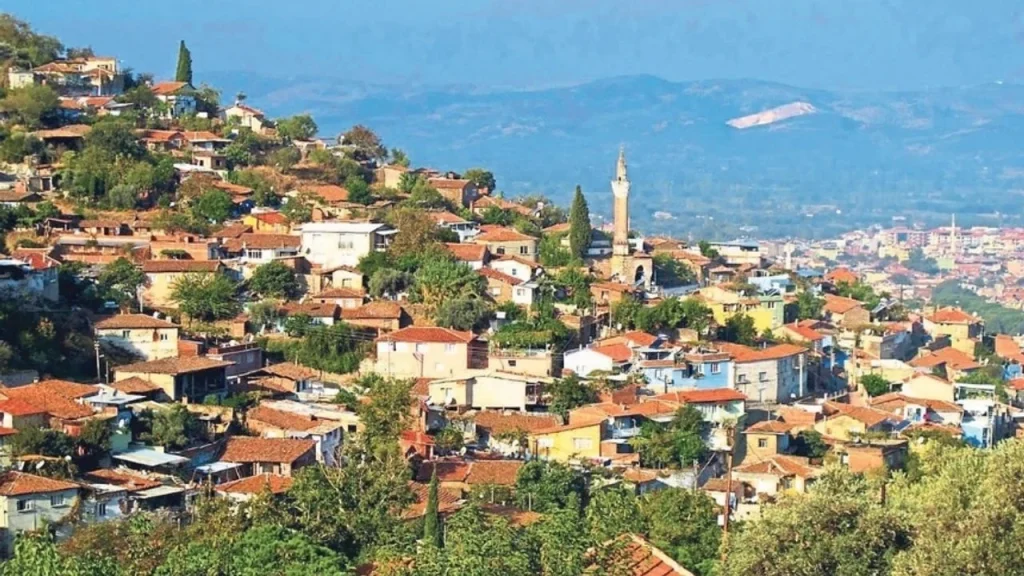
Tire, as Evliya Çelebi put it, is the Magnificent City. Like a heroic efe figure in the Menderes valley nestled among great mountains, it dominated the region for centuries.
As the French traveler Paul Lucas noted in the 18th century:
“We continued through a lowland country, well cultivated and dotted with many villages. At the edge of this beautiful plain stood the city of Tire, one of the largest and most populous cities in all of Anatolia.”
Tire Gastronomy
While you’re in Tire, be sure to try the local restaurants. Gastro-Tire is one of the most notable among them. To reach it, you’ll need to drive up a mountain road; after a winding journey by car, you arrive at the village. Nestled in lush nature, Gastro-Tire is a family-run business that uses only local ingredients. The restaurant carefully selects seasonal produce, so its winter and summer menus vary accordingly. If you love discovering new places and flavors, you’ll need to make a reservation in advance. Each dish, served in a specific order, is accompanied by a story shared by the sous-chef.
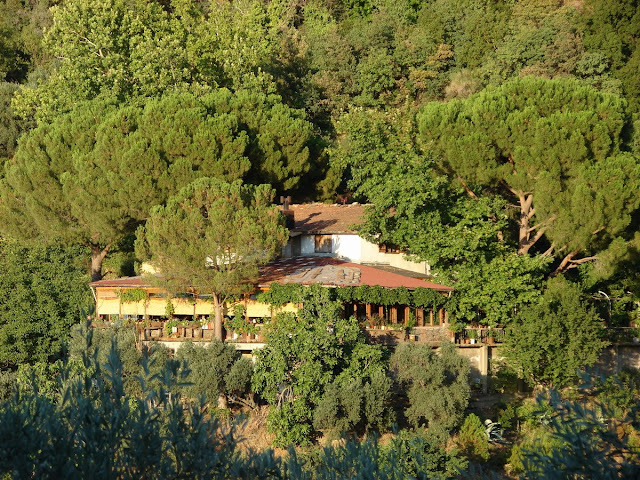
About 20 minutes from the center of Tire, after passing through Kaplan Village, you’ll reach Kaplan Restaurant, located almost at the summit. This is considered one of the best herb-focused restaurants in Turkey. The owner sources all ingredients from the local market and again from the village of Kaplan. Spacious and airy, the restaurant offers a wide variety of appetizers and dishes, taking you on a culinary journey unlike any other. While you’re there, don’t miss trying the stuffed zucchini flowers and patlıcan lalengi (fried eggplant in batter).

